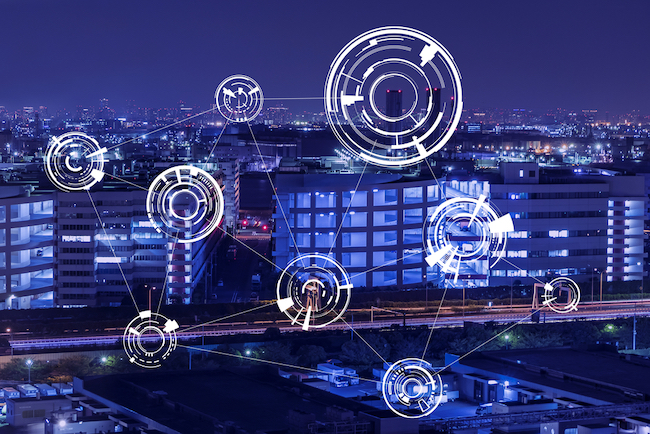How to achieve energy efficiency in commercial buildings
Sustainability and efficiency are nowadays at the top of the public agenda. Vendors, suppliers, customers and the public at large are looking at products and services through the lens of environmental change. Companies are striving to meet increasing innovation demands in product development and customer service, while carefully juggling resources and striving for the lowest climate impact.
Maintaining a business that’s simultaneously environmentally and commercially sustainable, across the entire supply chain, has never been more difficult nor more important.
All eyes on HVACR as highest energy consumer in buildings
Energy consumption is a major cause for concern in the buildings sector, where heating, ventilation, air-conditioning and refrigeration or HVACR systems are responsible for up to 60% of a commercial building’s energy consumption. All large commercial buildings have HVAC failures and much of the spent energy is wasted because of malfunctions in either the equipment itself or in the logic control systems.
An example of such an issue is when a building area gets caught up in a heating and cooling loop. This happens when, due to a malfunction, the HVAC cools the room down to a temperature below the occupant-set temperature levels and then its control system tries to adjust for the drop and tells it to heat it back up again to a comfortable level. The occupants are never aware of the problem so the facility manager is never alerted and equipement technicians are in the dark.
The glitch may be discovered as a result of the high electricity bills. Costs can add up even more as field service engineers struggle to first identify the correct cause for the spike in the energy consumption and then service and repair the equipment.

Three use cases leading to improved energy efficiency and customer satisfaction
Problems like these can be solved by using IoT technologies to capture data from HVAC and other building sensors, analyse it to search for wasteful patterns, contextualise it with relevant information from other data sources and take actions when and where it matters.
Here are three use cases that our customers have identified as leading to overall better energy efficiency in buildings, on top of the immediate benefits that they bring in improved customer service and product field support:
- Real-time condition monitoring – monitoring the condition of HVAC in real-time to only dispatch intervention technicians when necessary, instead of periodically. Condition monitoring can improve uptime and reduce maintenance costs.
- Remote diagnosis – performing root-cause analysis for an HVAC malfunction reported by the customer by using data from the affected HVAC, before dispatching field engineers. Remote diagnosis can reduce site visits and improve first time fix rates.
- Preventive maintenance – analysing historical HVAC data to predict potential failures and estimate when maintenance should be performed, in order to prevent them from happening. Preventive maintenance can increase the product lifespan and save on repair costs.
Three technologies supporting data-driven energy efficiency initiatives
To support energy efficiency applications, IoT solutions need to be conceptualized from the start with these things in mind:
- Integrated data: Enable real-time data collection across disparate building systems. Capture data into a data processing platform that is open, flexible and enables easy integration across multiple vendors, communication protocols or equipment brands. Contextualise equipment sensor data with other information sources, such as outdoor weather, operating schedules or real-time occupancy data.
- Predictive analytics: Enable (streaming and batch) data analysis of building sensor data for anomaly detection and prediction, in order to detect energy consumption patterns that are wasteful, abnormal HVAC system behaviour and opportunities for optimisation.
- Automation: Set-up automated actions to be taken when certain conditions are met, such as automatic alerts sent to the facility manager when HVAC performance dips, or proactive notifications on energy consumption to building occupants. Empowering teams with data-driven intelligence through real-time automation enables them to detect and solve problems better and faster.
With data-driven energy management initiatives, commercial buildings can become sustainable by optimizing equipment operations while still maintaining overall comfort for building occupants and business-critical systems in check.
More about The Role of 3D Digital Twins and IIoT on the Road to Decarbonization of Buildings
![]() This article was written by Miruna Suru, Makreting lead at Waylay and originally it was published here. She is passionate about space exploration and machine ethics.
This article was written by Miruna Suru, Makreting lead at Waylay and originally it was published here. She is passionate about space exploration and machine ethics.
